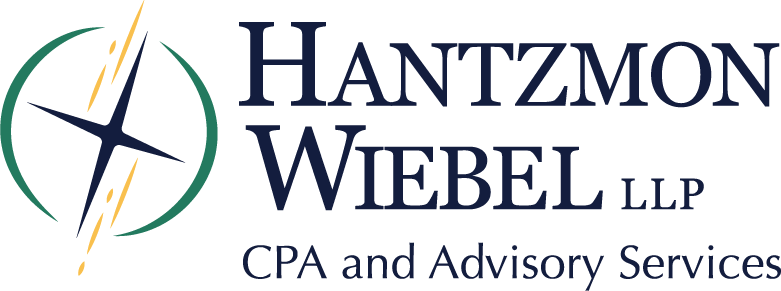Every organization survives and thrives on the talent of its employees. That’s why it’s strategically important to have a steady pipeline of talented people ready to assume the next important role in your organization.
This is true from the very bottom to the tip-top of the organizational chart. You want the best people for every job, knowing that some positions will be easier than others to fill.
Look Everywhere
For years, conventional wisdom dictated that nonprofit organizations would benefit greatly by recruiting from the for-profit market. But this approach has had mixed results.
On the plus side, nonprofits have the attraction of social responsibility and doing good in the world. Positions in nonprofits also tend to have greater responsibilities than their for-profit counterparts. However, that additional responsibility usually comes with lower compensation, which often factors into the failure rate of those making the transition.
Look in both the nonprofit and for-profit arenas for talent. Great people are everywhere.
Know What You Need
Where do you need to build your bench? Being strategic in your hiring and talent development means aligning the organization’s strategic plan with talent needs and looking a few years out to understand the skills necessary to be successful.
This requires precise and focused job descriptions, an understanding of which positions have the greatest impact, and expected outcomes for every role in your organization.
Build Your Channels
With a strategic talent plan, it’s easier to develop sources for your pipeline. Your local chamber of commerce and other professional organizations are great places to network and build visibility within your community. These groups often host a wide variety of events and, by their mission, are designed to make connections.
Universities and student organizations are other good channels. Schools can be a great source for volunteers, but many also now have philanthropic studies programs. Most of these programs focus on social responsibility and entrepreneurship, and some offer degrees in social work and nonprofit administration.
Develop your network with the department heads and staff managing these college programs, not only for access to their students but also to understand the gaps between what is being taught and what is needed in the industry.
Always Be Connecting
Your board, advisory committee, and staff all have connections. Create a formal discussion around the importance of connecting to individuals’ networks. Be direct and provide specific updates on talent needs.
Make the talent pipeline a shared responsibility so that the entire organization is aware of the types of skills needed. Ensure that everyone is aware of the importance of networking.
Who’s Inside?
Hiring from within can have great benefits. Internal candidates are often delighted with a promotion or new opportunity and typically have a reduced learning curve.
In addition to current employees, canvas your former employees and your volunteer corps for candidates. These people know and appreciate your mission and, armed with an accurate description of the position, are likely to result in promising candidates.
Building your talent pipeline is a constant effort that should become part of your organization’s DNA. With a strategic talent plan, you will be able to better source and select people who will have the most positive impact on your organization.
Contact Us
Blog
Nonprofit Insights

